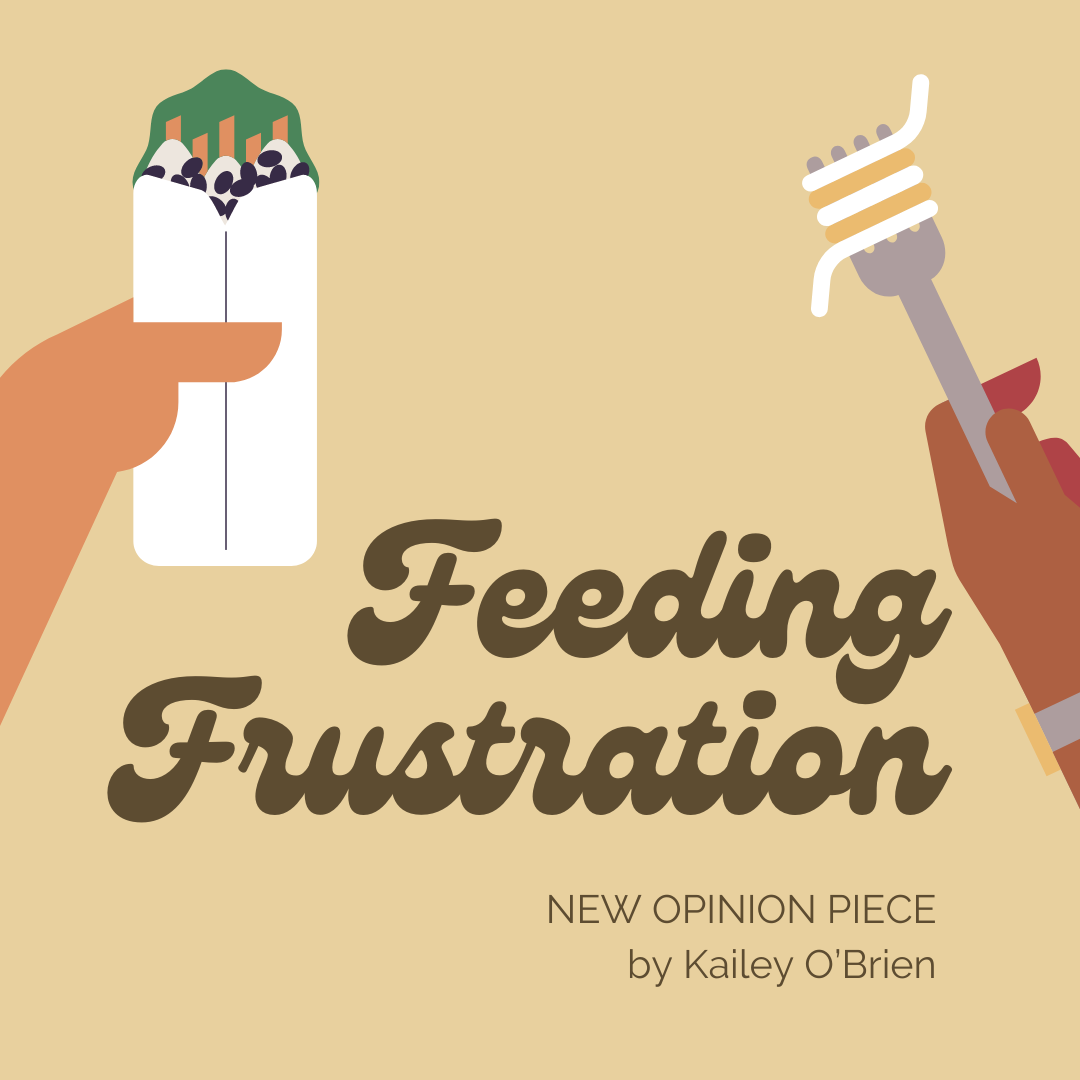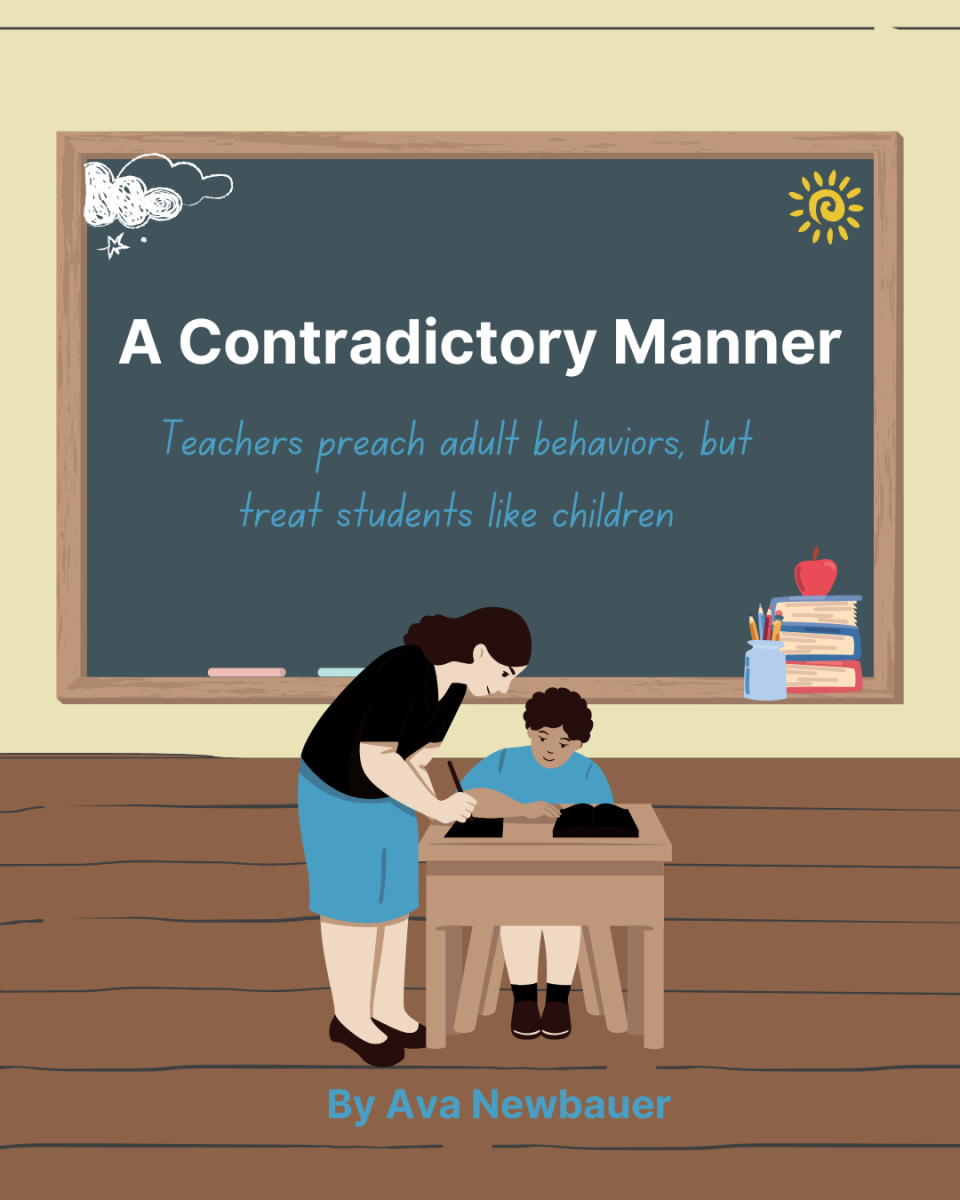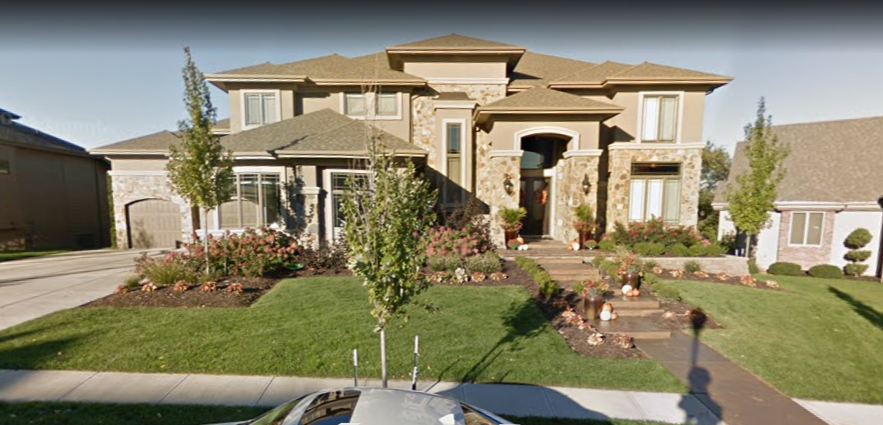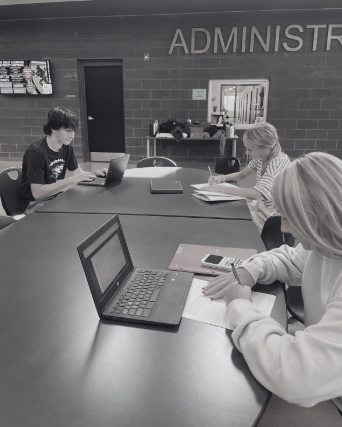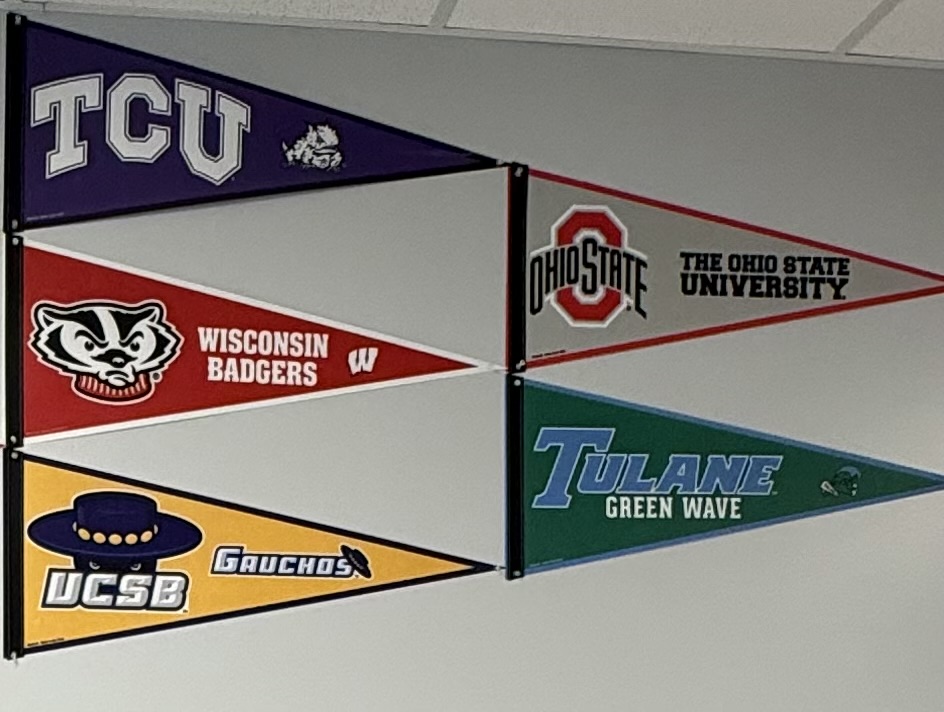School lunch is provided so students have equal opportunity for a balanced meal, but with a lack of communication regarding prices and options, students have reached levels of discontent.
Since the school’s opening, Sodexo Food Services has been the primary meal provider. Students are able to purchase both breakfast and lunch through the school cafeteria, with prices set for each school grade level.
Breakfast for elementary, middle and high school students cost $1.75, $1.95, and $2.15 respectively; lunches are $2.95, $3.65, and $3.80.
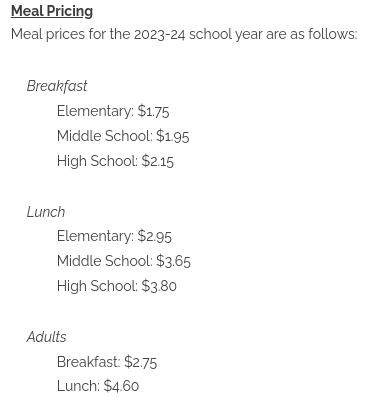
Even with a 15 cent increase in price from middle school to high school, students are provided with the same standard meal: an entrée, fruit and/or vegetable, and milk for the same amount of food. There is nothing to account for the fact this same meal costs 15 cents more for high school students.
“Ever since I saw the [portion] sizes get smaller, I’ve noticed just how hungry I still am after each school’s lunch,” junior Sara Nguyen said.
A decrease in portion sizes should not be a concern students have to face as high schoolers, but they face it every single day. This reality, faced by students across all grade levels throughout the school, is seen regardless of whether they participate in sports or extracurriculars.
“To feel full I have to get doubles (two entrees), chips, and ice cream,” freshman Ian Anderson said. “The food is never big enough to keep me full without buying extras.”
Anderson, who competes in both football and wrestling is representative of the hundreds of athletes throughout the student body that have to spend more money on additional items in order to healthily get through the school day and be nourished for practice.
“USDA regulations for breakfast and lunch, which our district follows, do not change in portion sizes from middle to high school,” General Manager for the district’s food services Shannon Sintek said. “The reason we follow USDA guidelines is because the breakfast and lunch programs are federally funded and in order to get that funding, we have to abide by all rules and regulations set forth.”

These regulations set by the USDA mainly revolved around nutrition, portion sizes, and offering specific fruits and vegetables after being formed under the National School Lunch Act of 1946. Since 1946, First Ladies such as Michelle Obama have made it their mission to reform and healthily change the school lunch programs nationwide.
On top of the undernourishment from standard portion sizes, students with allergies face another obstacle in the cafeteria every day.
“I know that with my allergies I’m pretty limited as to what I can eat in the cafeteria,” Nguyen said. “I can pretty much either just have pizza or pasta when they have it”
The lack of options and information regarding the prices of food throughout the cafeteria have been a known issue amongst the student body.
While the conditions of the school lunch are improving, students are not seemingly too focused on the main meals instead of the unlimited fruit and vegetable options that come with an entree.
“We want students to take full advantage of everything they’re provided with,” executive chef Jim Hilton said. “Try new things. Be adventurous; we’re working to make more homemade cooking and are trying to make school lunches the best experience for students.”
Hilton, the school’s executive chef, is in charge of formulating new recipes on top of ordering the ingredients necessary to make them. The shift to more homemade-esque cooking has already seen major positive feedback from the student body.
Portion sizes, however, still pose an issue for most students, with most of them to choose between feeling full or saving their lunch account money, many students have switched to opting to bring their own lunches or snacks to get them through the school day.
“I know that I personally have to switch between bringing lunches from home and getting school lunch just to balance out the cost of it all,” junior Jane Hendryx said.
School lunches for high school students at Elkhorn North costs $3.80 per entree. While the price of the meals is displayed on the district website, there is no additional information regarding the price of extras or doubles.
Students do not have access to the balance in their lunch account, meaning that their parents would have to inform them in order to know how much money they have. This eventually poses an issue; with students not informed about prices, nor their balance, unfortunate situations occur when a student is left to put some of their food back in order to have enough funds to pay for it.
“It doesn’t seem right, we aren’t able to actually see how much money we have to spend or how much things are,” Nguyen said.
This lack of communication is primarily due to an internal issue that comes with the current system used by the school, which students did not have knowledge of.
“We recently switched systems, so we are still working on getting all of the ala carte prices listed for both students and parents to see,” Sintek said.
While this situation is necessarily out of the schools control, students do still feel that they are not being properly informed about seemingly basic information.
Between everyday students and athletes, school lunches are not filling across the board. Even if a student chooses to pay additional money for extra food, they are often left hungry.
This affects not only the rest of the students day, but the quality of their learning environment as well, making the ultimate result not worth the pretty penny.
“I know that it’s not just me who feels this way about the cafeteria,” Hendryx said. “The amount of food we get is just not worth the cost.”



